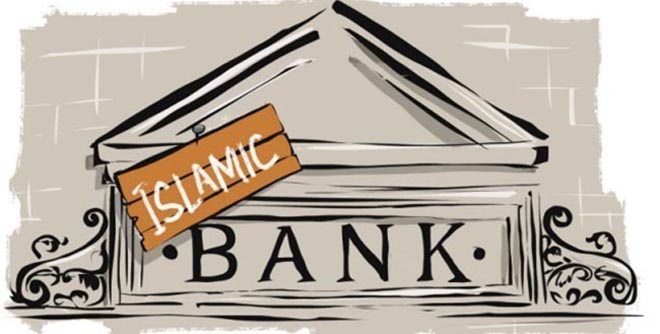Moody’s has said that Islamic finance sector, an integral part of Pakistan’s National Financial Inclusion Strategy (NFIS), will continue growing in 2022.
In a report issued by Moody’s said that according to the enhanced NFIS targets, the government of Pakistan and the State Bank of Pakistan (SBP) target an Islamic banking market share of 25 per cent by 2023 from 17 per cent in 2020.
The report noted that the government and central bank are also supporting the sector by introducing a Shariah-compliant regulatory framework and adopting the Accounting and Auditing Organisation for Islamic Financial Institutions (AAOIFI) Shariah standard.
With regards to the global Islamic finance industry, the report predicted that the accelerating economic recovery, higher oil prices and interest rate hikes to have mixed implications for the Islamic finance industry in 2022. It said the Islamic finance sector is set to continue growing in 2022 as the accelerating economic recovery brightens the outlook for credit growth despite challenges from a rise in interest rates and decline in sukuk issuance amid higher oil prices.
Islamic banks’ asset growth globally will also continue to outperform their conventional peers this year, the ratings agency said. Strong fundamentals are also expected to drive expansion of assets under management for the Islamic funds industry. However, sukuk issuance, which reduced in 2021, is expected to decline further in 2022.
“The economic recovery in key Islamic finance markets will boost credit growth and demand for Shariah-compliant products and we expect Islamic banks’ asset growth to continue to outperform their conventional peers,” said Ashraf Madani, a vice president at Moody’s. “At the same time we expect higher oil prices will lead to lower sukuk issuance in 2022.”
Sukuk issuance dropped in 2021 after five consecutive years of growth. It declined 12 per cent to $181 billion amid lower sovereign funding needs as higher oil prices boosted revenue, particularly in the GCC states. The majority of issuance last year, nearly $128 billion, had long-term maturities of more than one year, according to the report.
Moody’s expects issuance to fall to the $160 billion – $170 billion range in 2022 as “higher oil prices and the economic recovery help the region generate fiscal surpluses and thus lower the need to resort to the market”.
Expected interest rate hikes globally could also deter some issuers from tapping the market in 2022. “However, higher issuance by financial institutions to support asset growth, government refinancing needs and new issuers joining the market could partially offset the negative trend from higher oil prices and interest rates,” Moody’s said.
The Islamic finance industry has been on a growth path in recent years. Despite the pandemic, Islamic financing expanded at an average compound rate of 10.5 per cent in 2020 and 2021, while conventional loan growth expanded at 3.4 per cent during the same period.
“In Muslim majority countries, Islamic banks manage to attract populations that otherwise, for ethical and religious reasons, would remain outside the banking system, meaning that they have a higher reservoir of growth compared to conventional banks,” Moody’s said.
























